Here is another selection of amazing images from our Photography Competition, this time spanning the entire breadth of Irish archaeology. Don’t forget there are also specific posts showing some of the Prehistoric, Early Medieval, Late Medieval and Foreign Archaeology photos. All of the images used in this blog post are copyright of the respective photographers, please respect this.
‘Starry Night at Tara’. Photo by Kevin Murphy
‘Leac an Scail, Kilmogue Dolmen, Co. Kilkenny’. Photo by Mark Walsh
‘Skull and crossbones’, gravestone in the old graveyard, Lucan village, Co. Dublin. Photo by Rose Murray
‘Rock of Dunamase, Co. Laois’. Photo by Paddy Brennan
‘Leacanabuaile Stone Fort, considered one of the finest examples of its kind can be found close to Cahersiveen, County Kerry. Leacanabuaile translates to ‘Hillside of the Summer Pastorage’. The fort was excavated, with iron knives, pins, bone combs and mill stones found, dating the fort to around 800 – 900AD and suggesting the existence of an early Christian farming community. The outer walls are around 3 metres thick, feature irregular steps leading up the inside and have been reconstructed to a height of 1 metre. Just inside the door of the outer round hut an underground passage leads to a chamber in the outer wall. A further underground drain hole leads out from the square house.’ Photo and text by Elaine Farrell
‘A rare rosette piece of rock art on the Isle of Doagh, Inishowen, Co. Donegal.’ Photo by Adam Rory Porter
‘The Deserted Village, Slievemore, Achill Island, Co. Mayo.’ Photo by Katharine Range
‘Lia Fáil Sunset’, Tara, Co. Meath. Photo by Kevin Murphy
‘Milestone dating to 1734 from Rostellan, Co. Cork. It is located on the bridge that led to Rostellan House The house was built on the site of an earlier castle by William O’Brien, 4th Earl of Inchiquin, in 1721 and was eventually destroyed by the Irish Army in 1944’. Photo and text by John Leonard
‘A lookout in the sky’. Dunree Fort, Lough Swilly, Inishowen, Co. Donegal. Photo by Bettina Linka
‘Rock of Dunamase, Co. Laois’. Photo by Paddy Brennan
‘Bullaun Stone in Kilrooan Old Graveyard, Lisacul, Ballaghaderreen, Co. Roscommon. The graveyard is located in the grounds of a 12th century monastic settlement, only part of one wall of the abbey remains intact today’. Photo and text by Eithne Gallagher
‘Kilmainham Gaol’. Photo by Fionnuala Parnell
‘Ancient Rock Isle of Doagh.png – An ancient rock, carved with cross like shapes on the Isle of Doagh, Inishowen, Co. Donegal’. Photo by Adam Rory Porter
‘Dock houses in Deer Field Park, County Cavan’. Photo by Chris Cimino
“Bal’s Fire”, Beltany Stone Circle, Raphoe Co. Donegal. Photo by Louise Lynch
‘Rock of Dunamase, Co. Laois’. Photo by Paddy Brennan
‘Early Christian church and high cross, Irish National Heritage Park, Wexford (replica cross based on the Castledermot High Cross)’. Photo by Gueza Chavez
‘Tomb near Ballynahinch Castle, Co. na Gaillimhe’. Photo by Fr. Eric Funston
‘A face from the past’. Rock art at Strath, Inishowen, Co. Donegal. Photo by Bettina Linke
‘Rock of Cashel with double arch rainbow, as seen from Hore Abbey Co. Tipperary’. Photo by Jill Collins
‘Rediscovered ancient rock art on the Isle of Doagh in Inishowen, County Donegal’. Photo by Angela MacLochlainn
‘Lover’s Archway’. Photo by Niamh Carolan
‘Loughcrew May 2010’. Photo by Dara Wyer
‘Hore Abbey-Ireland’ Photo by Lily Cheah
‘Rock of Cashel, Ireland’. Photo by Lily Cheah
‘Janus stone on Boa Island, Co. Fermanagh’. Photo by Fr. Eric Funston
“Three Castle Head, West Cork, stormed by Tasmanian tourists.” Photo by Meika Loofs Samorzewski
‘The Murky Depths of History’. Photo by Niamh Carolan
‘Cong Abbey, County Galway. The monks’ fishing house on the River Cong, dated to the 15th or 16th century. The river flows beneath the floor of the house and between the piers on which it rests.A square hole in the floor enabled the monks to let down a net into the water and the fireplace kept them warm on cold rainy days’. Photo and text by Tomas Lipps
‘Hore Abbey, as seen from the Rock of Cashel graveyard Co. Tipperary’. Photo by Jill Collins
‘Stone fence on the Burren, near Ballyvaughan, County Clare’. Photo by Peter Harris
‘Timoleague Friary, County Cork. The Franciscans founded the abbey in 1240 and built it on the monastic settlement founded by St. Molaga in the 500s. The friars occupied the abbey for about 400 years’. Photo and text by Marion F. Kenny
‘Trim Castle Peek-a-boo’. Photo by Niamh Carolan
‘The old Military graveyard – The Curragh – Co. Kildare. Not long after the temporary encampment was established on the Curragh, it was clear to the Camp planners that an cemetery would be needed for the deceased occupants, so a suitable site had to be selected close to the camp. Instructions were sent from Army Headquarters in Dublin that advice should be sought from the rector of Ballysax and the clergyman in the camp, and from the Curragh Ranger and with help from the Royal Engineers. So on the 14 October 1869 the Archbishop of Dublin, Richard Chenevix, Primate and Metropolitan of Ireland and Bishop of Glendalough and Kildare, issued the Act of Consecration for the burial place of the military encampment of Her Majesty’s Forces stationed on the Curragh of Kildare. For the next fifty years Military funerals with their bands and final volleys of shots rang out over the Curragh plains in respect for their deceased comrades. But not only Military funerals took place here as the families of the military were also buried here and the gravestones record the short lives of the men and their families’ Photo and text by Shan Gray

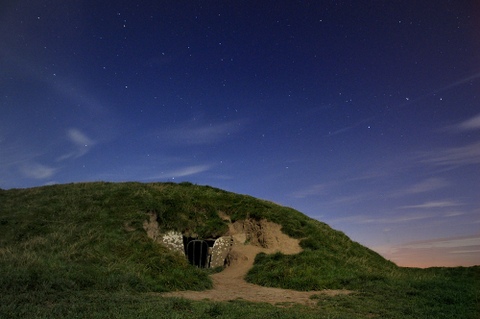
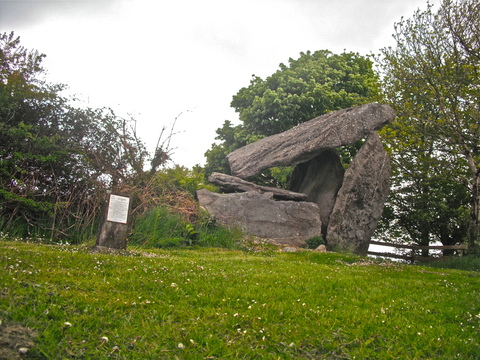
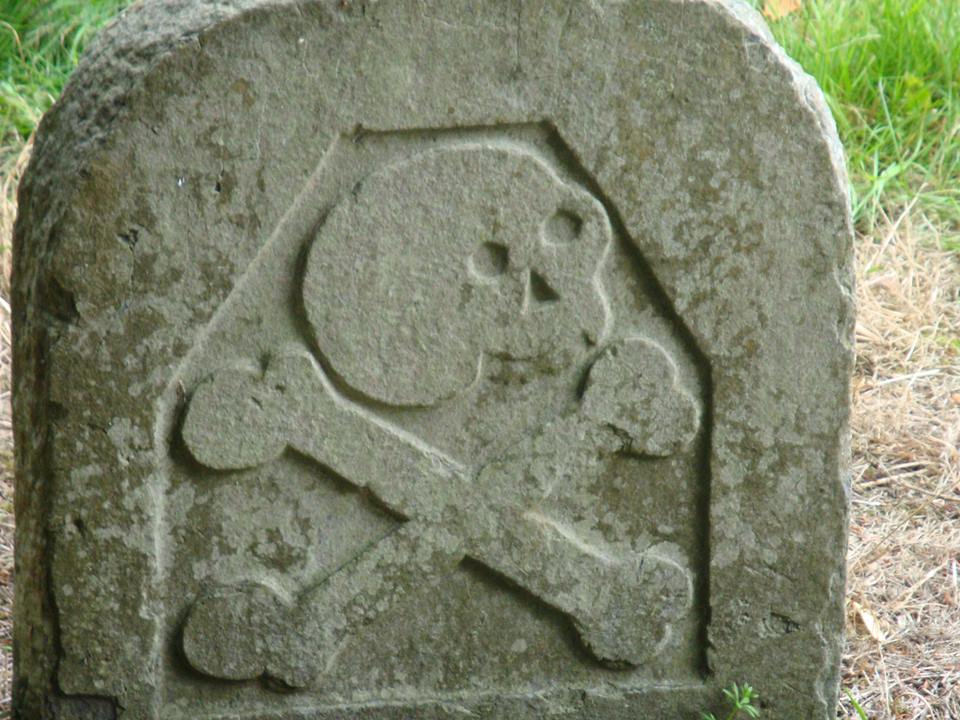

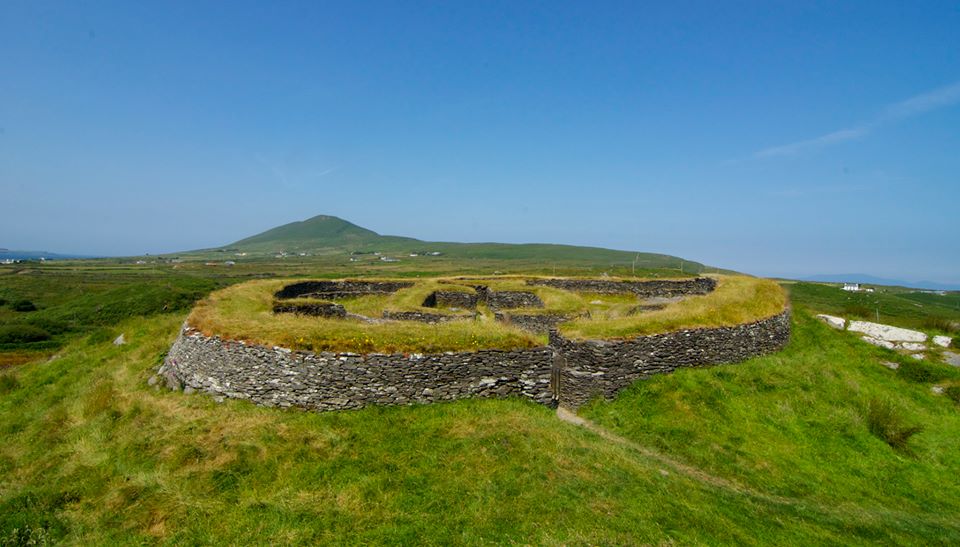
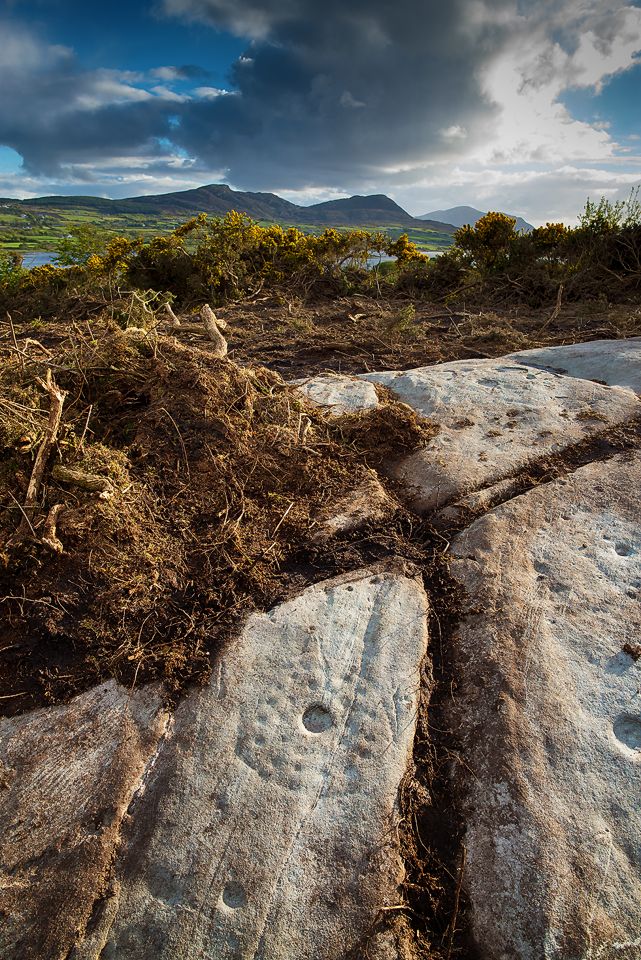
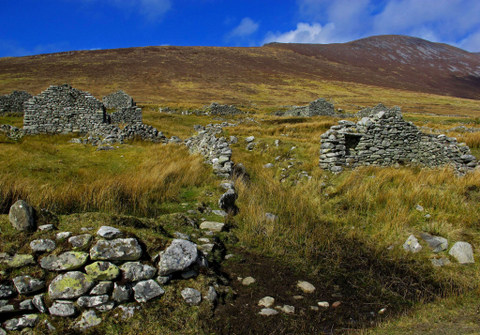
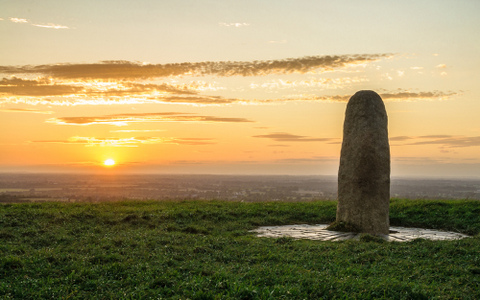
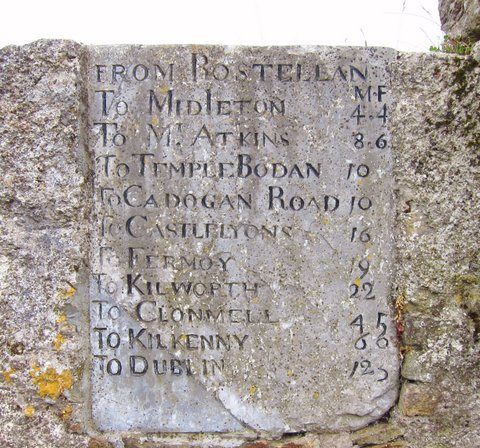
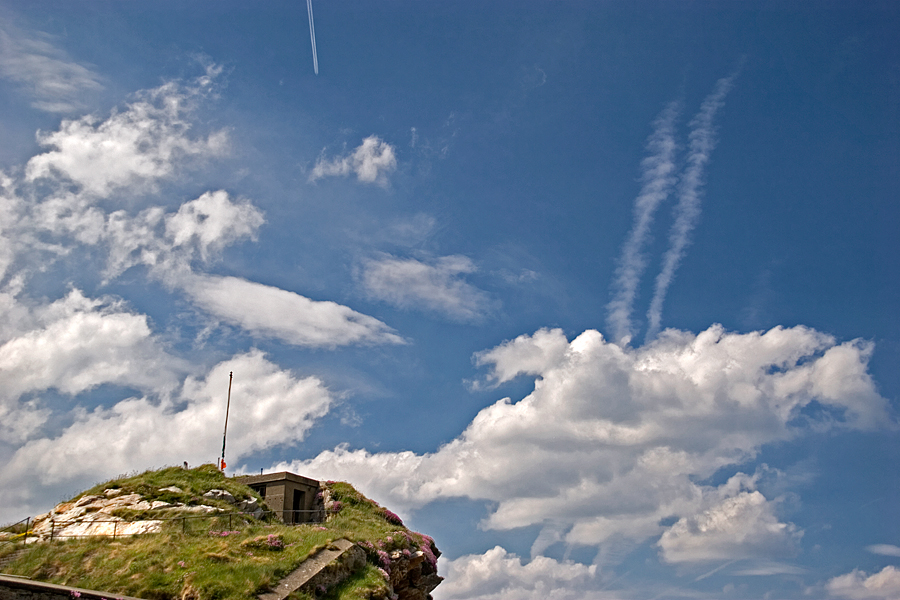
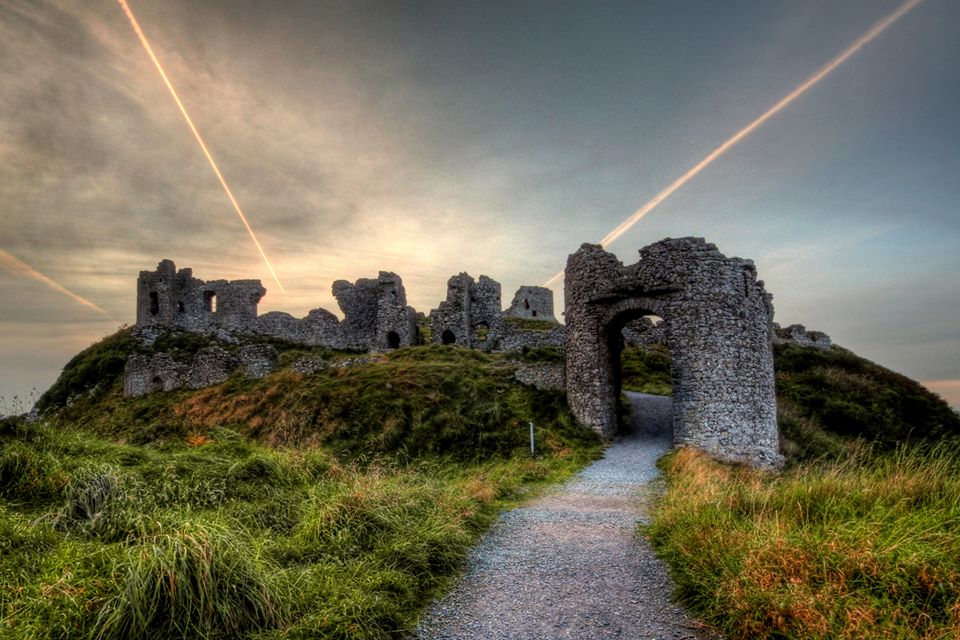
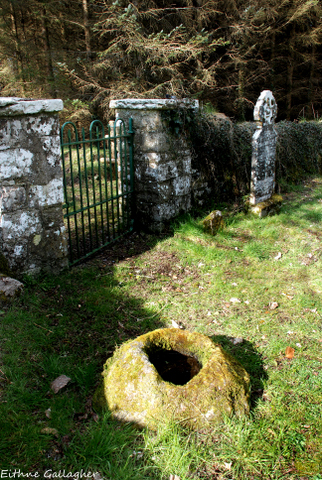
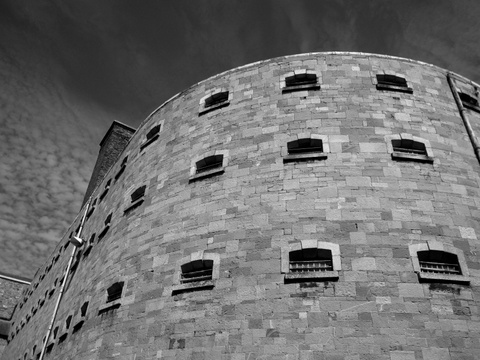
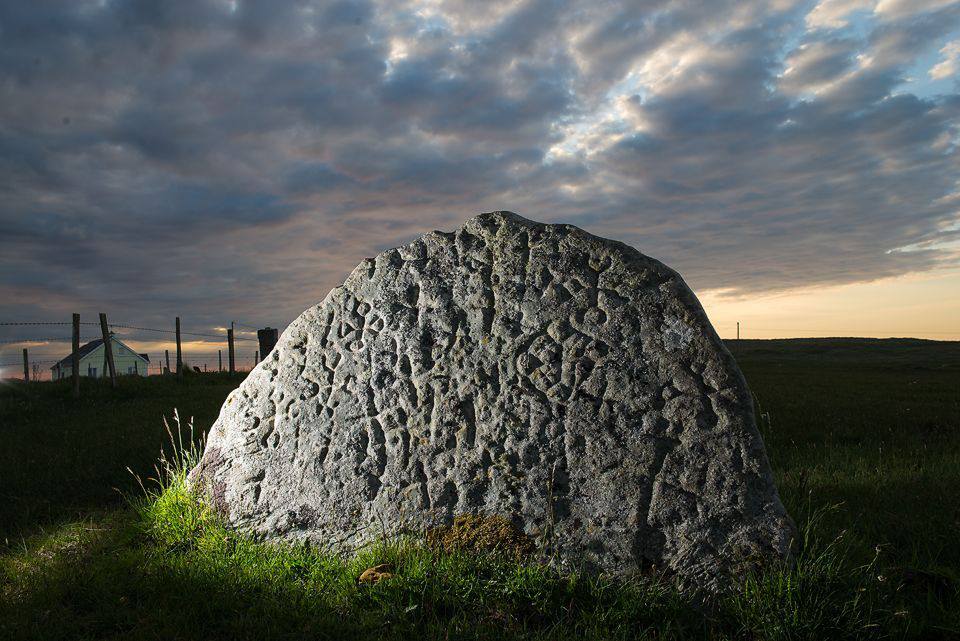
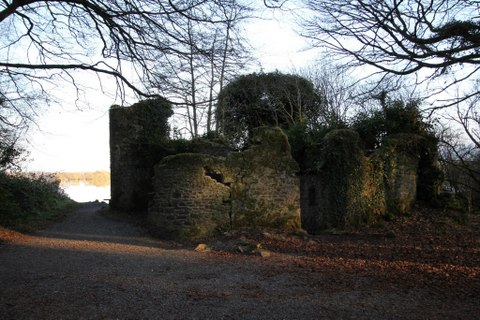
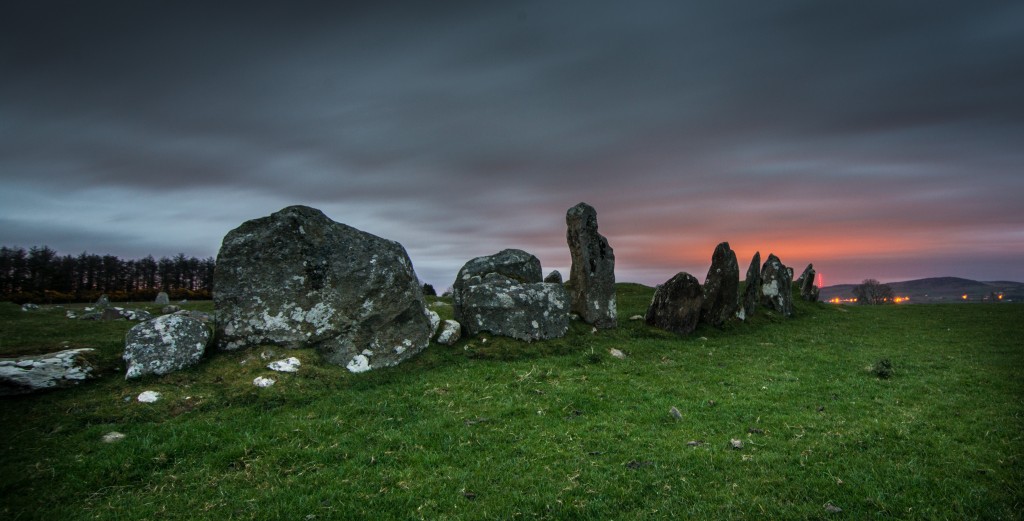

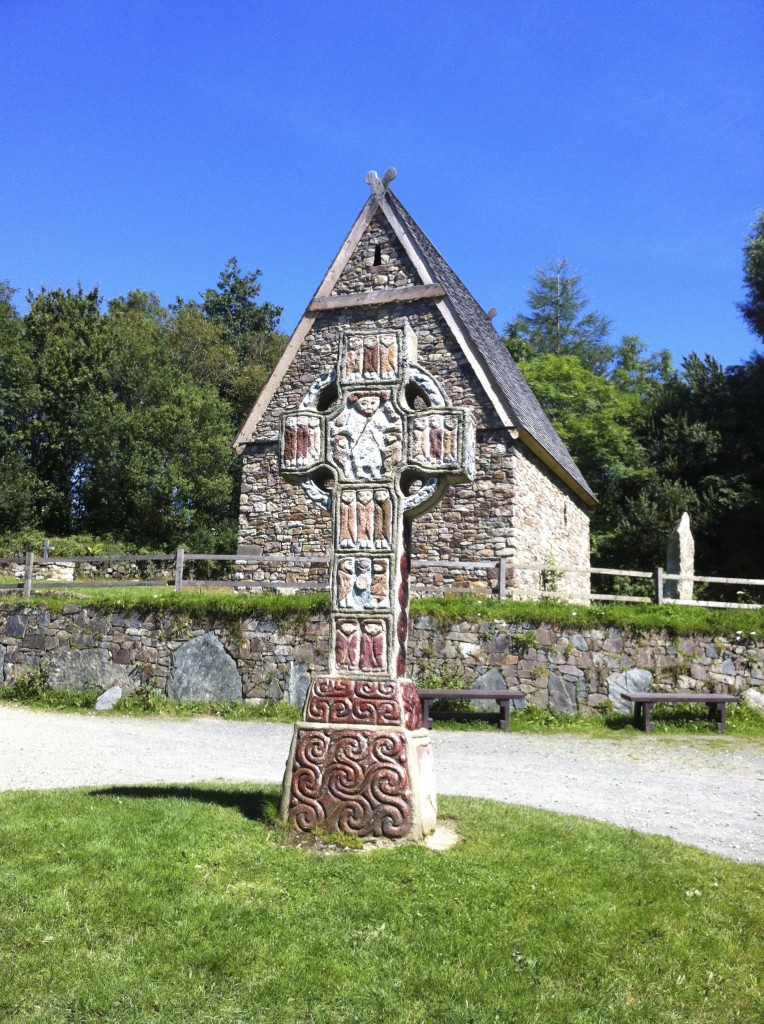

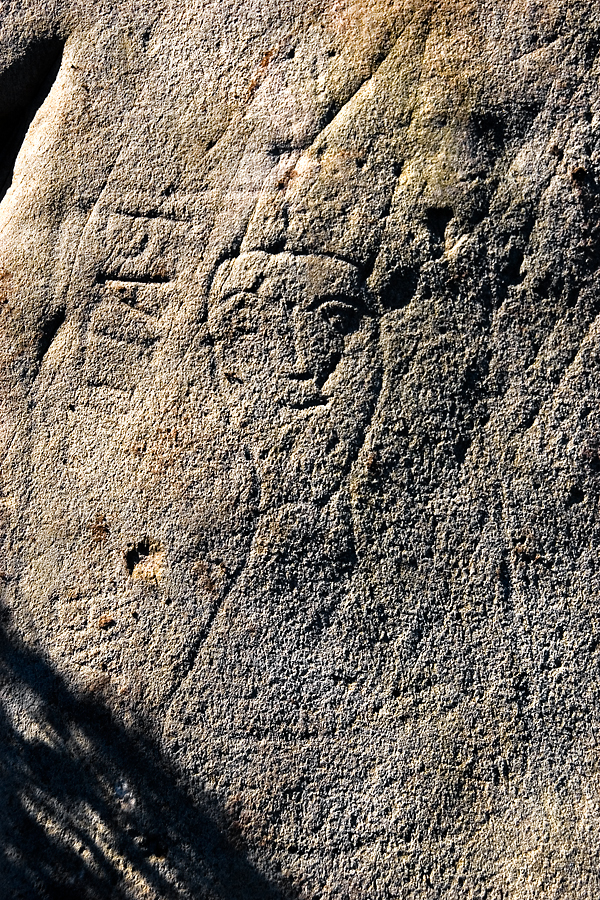
![[3] Jill Collins Rock of Cashel (1)](http://irisharchaeology.ie/wp-content/uploads/2013/07/3-Jill-Collins-Rock-of-Cashel-1-1024x600.jpg)
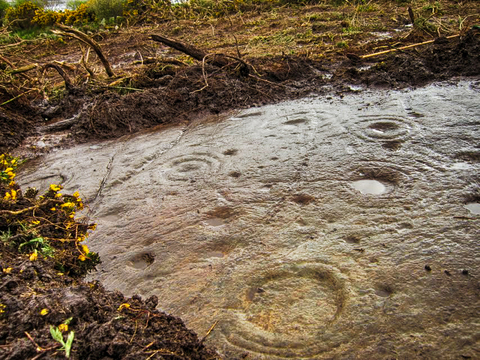
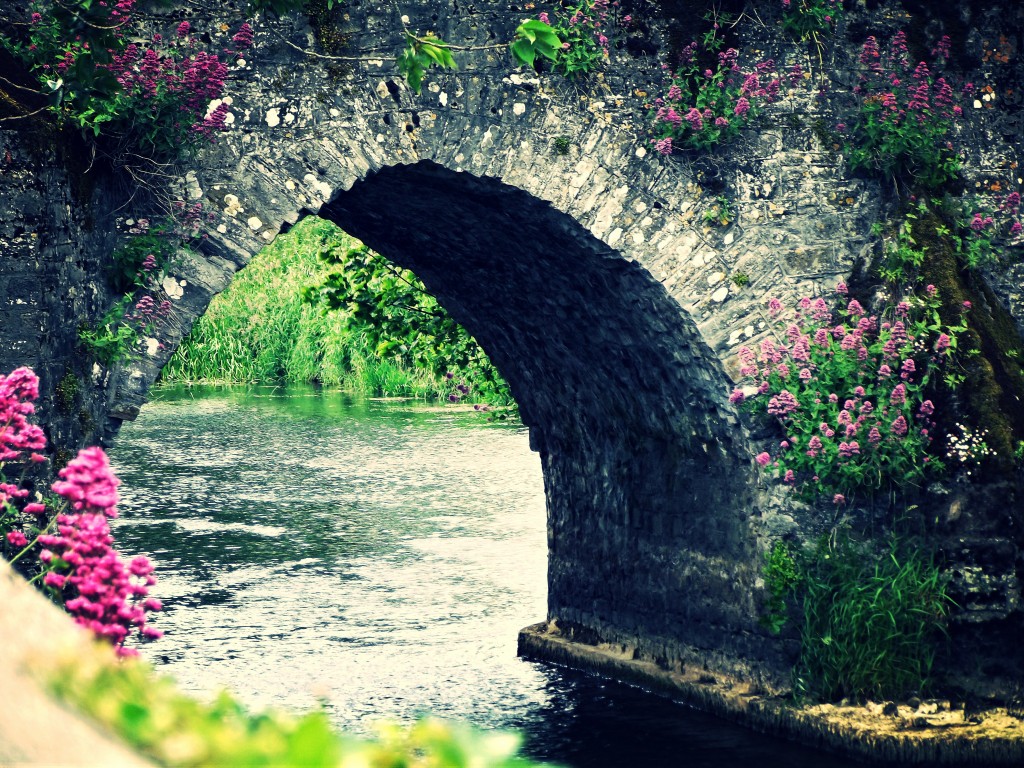
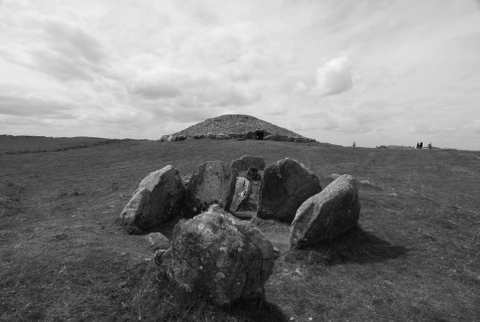
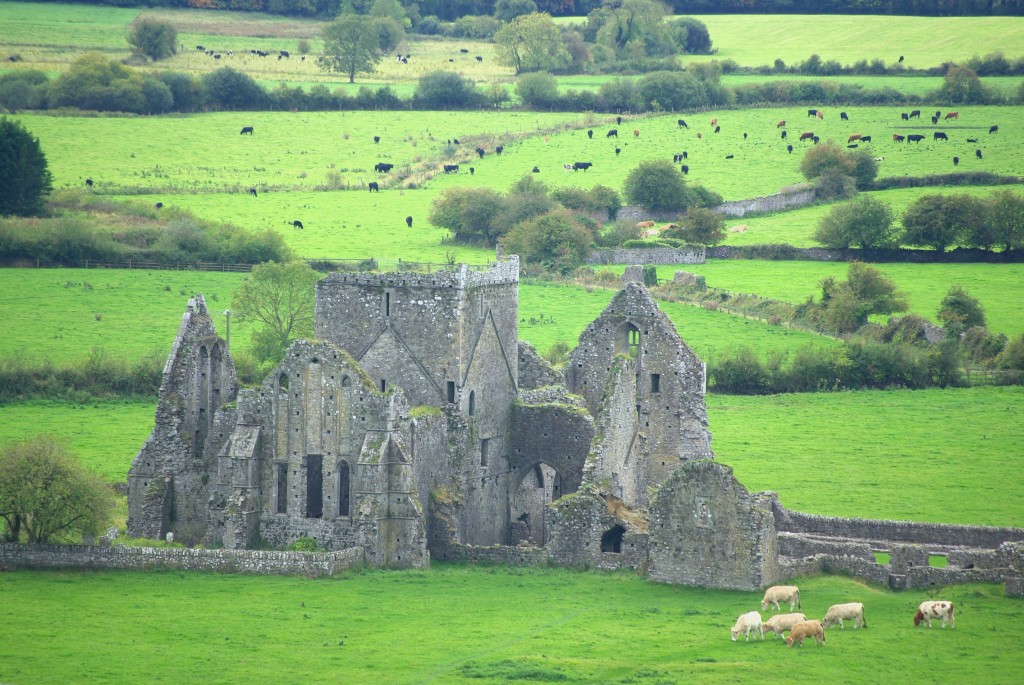

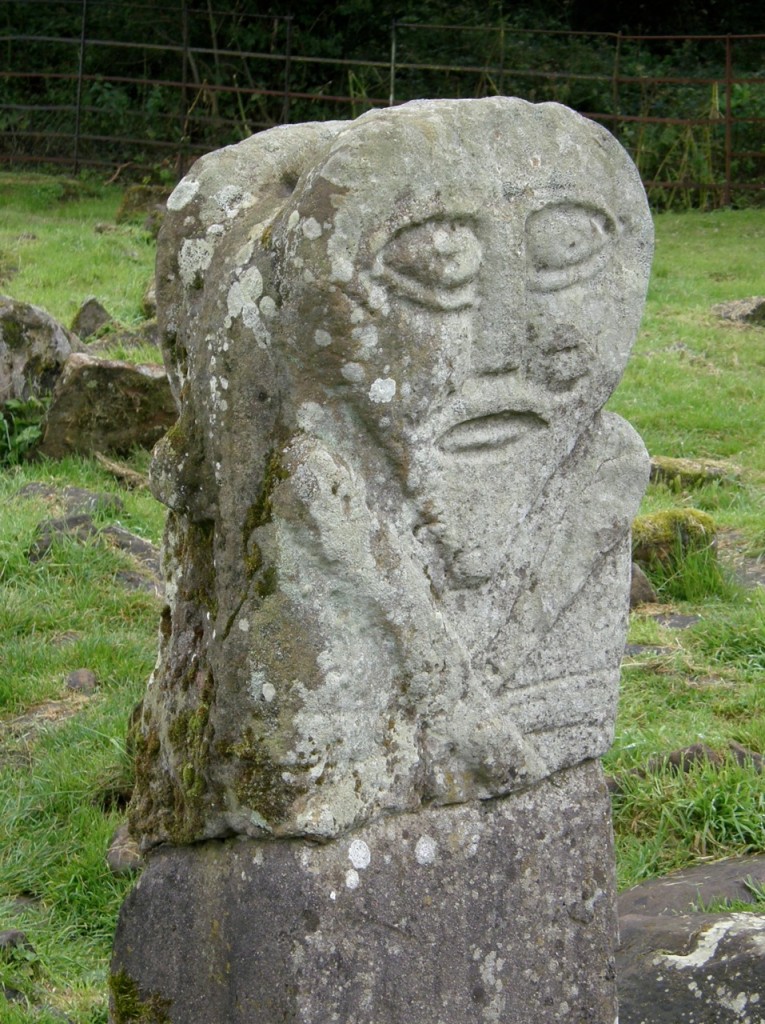
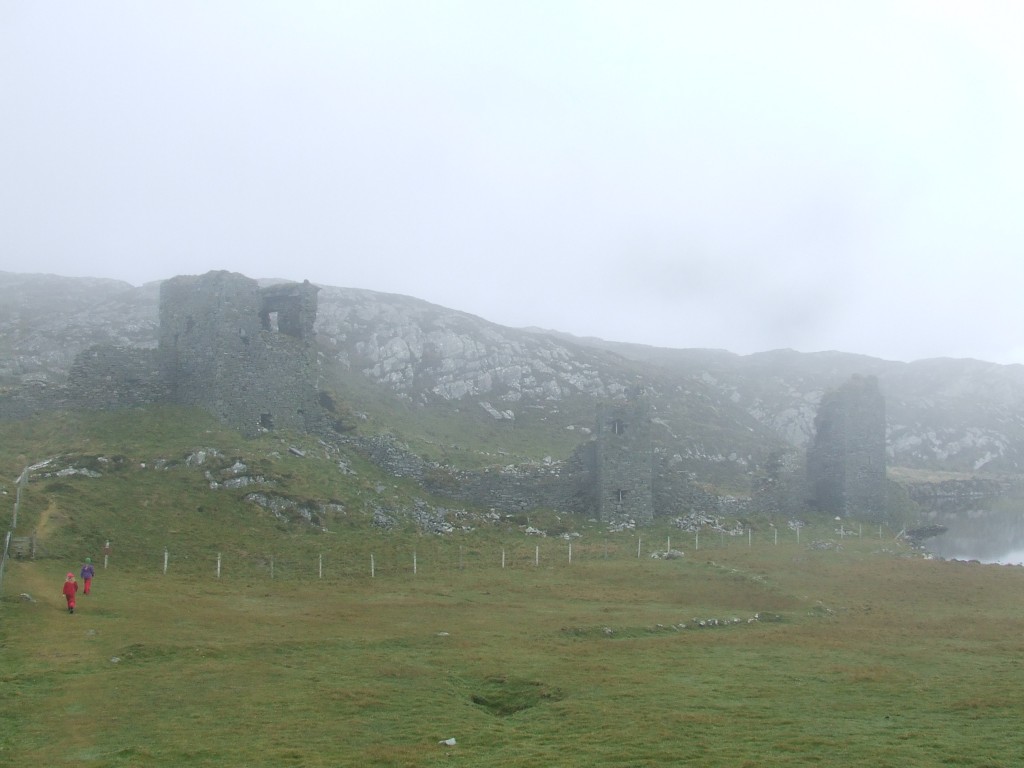
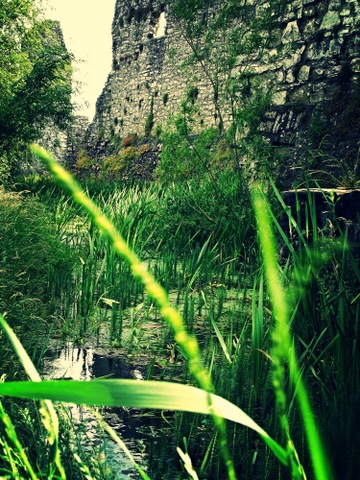

![[1] Jill Collins Hore Abbey](http://irisharchaeology.ie/wp-content/uploads/2013/07/1-Jill-Collins-Hore-Abbey.jpg)
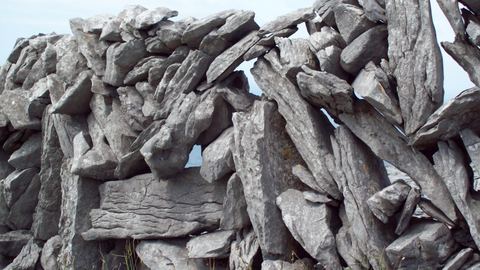

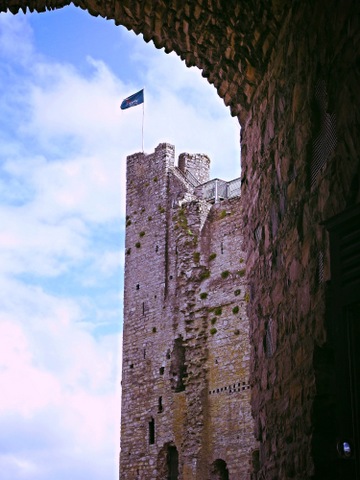
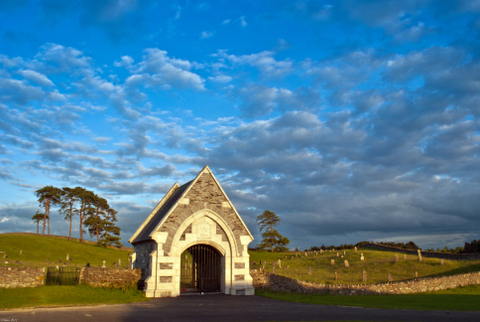


Ireland is truly beautiful, when we have the weather no better place in the world to be. I love your blog, just looked at the colour 1930 pics and subscribed. I really like the old sign picture above.
Thanks!
OMG I have to move to Ireland! My second name is Ierne (family name I understand to mean ‘from Ireland’)…cannot express how these pics make me feel.